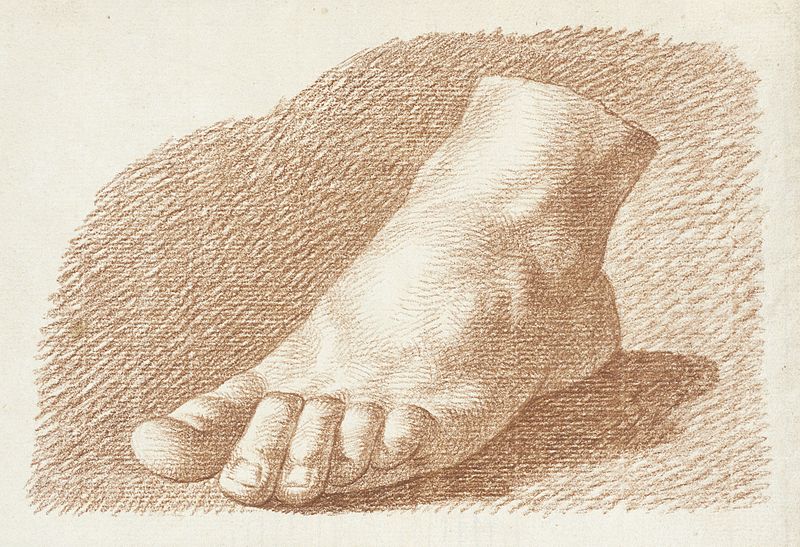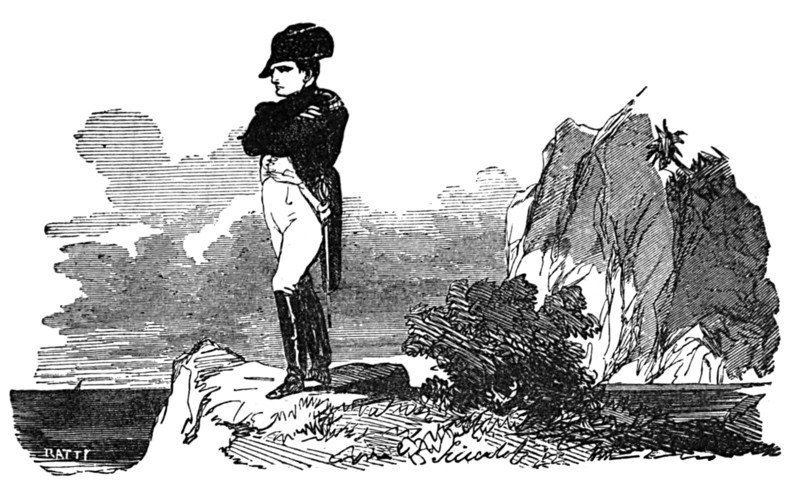In 1988, tunneling operations began in both England and France. On Dec. 1, 1990, these two single-entrance holes met under the English Channel, after which there existed a two-entrance tunnel. The completed Channel Tunnel would not be ready for use until 1994. Now, suppose that a speaker in 1989 had said:
There is in the process of coming into existence, so we understand, the Channel Tunnel. Not many of us have seen it; I certainly have not. One understands that that will allow us, if and when it is made available, to travel by train from England to France.
Does this utterance imply that, at the time it was spoken, the Channel Tunnel already existed? If not, what is the it that the speaker says few people have seen? In 1989 all that existed were two blind tunnels, which together could not permit free passage between England and France, surely an essential feature of the Channel Tunnel.
“In the construction of the Channel Tunnel, the time at which we can say that a two-entrance tunnel first exists is 1st December 1990, when the two one-entrance tunnels met,” notes philosopher Antony Galton. “The Channel Tunnel is a two-entrance tunnel; so is this time, 1st December 1990, also the time at which the Channel Tunnel first exists?”
(Antony Galton, “On the Process of Coming Into Existence,” Monist 89:3 [July 2006], 294-312.)





